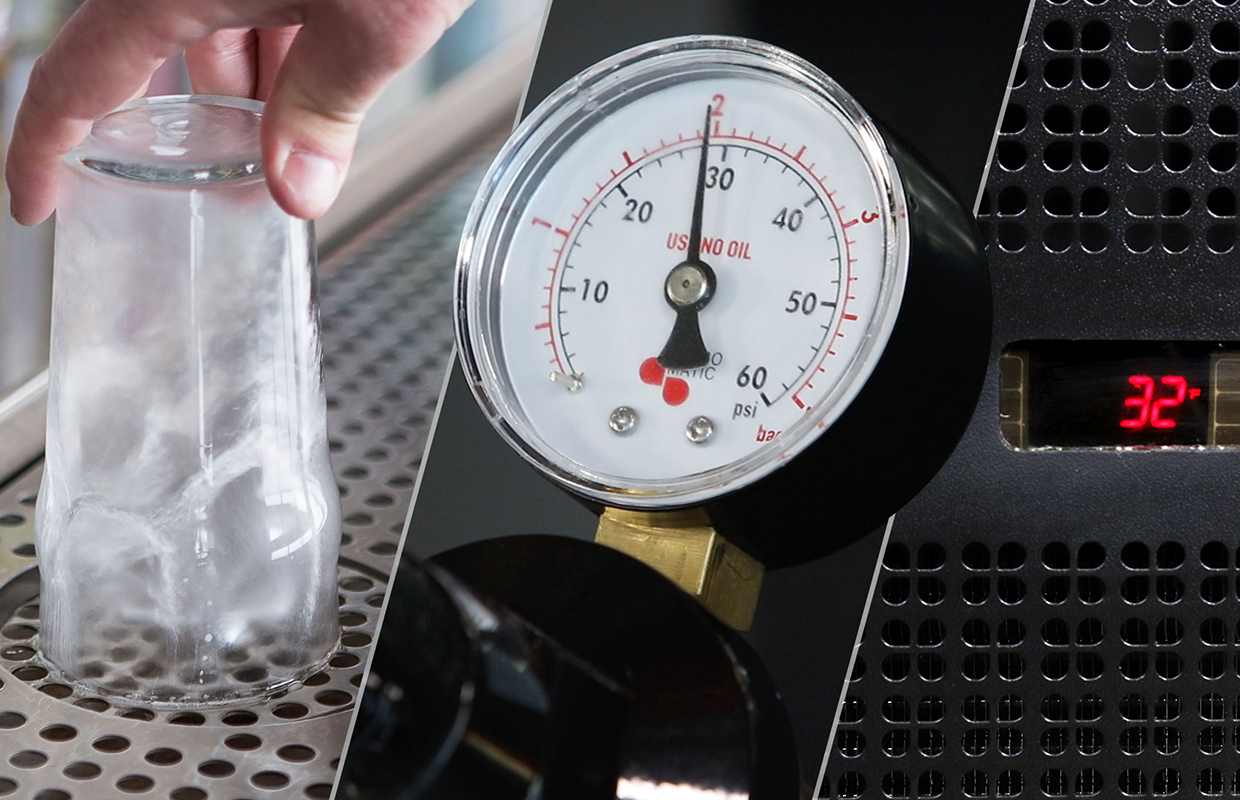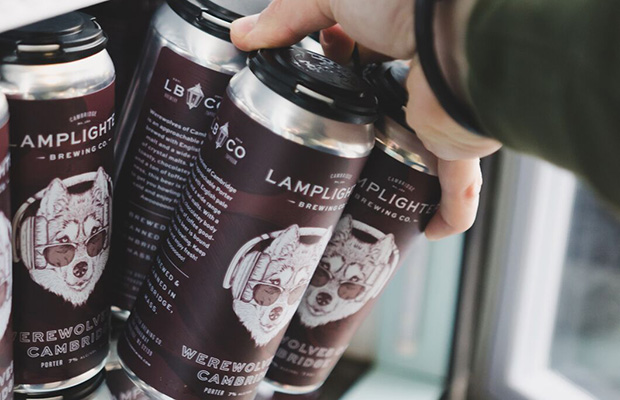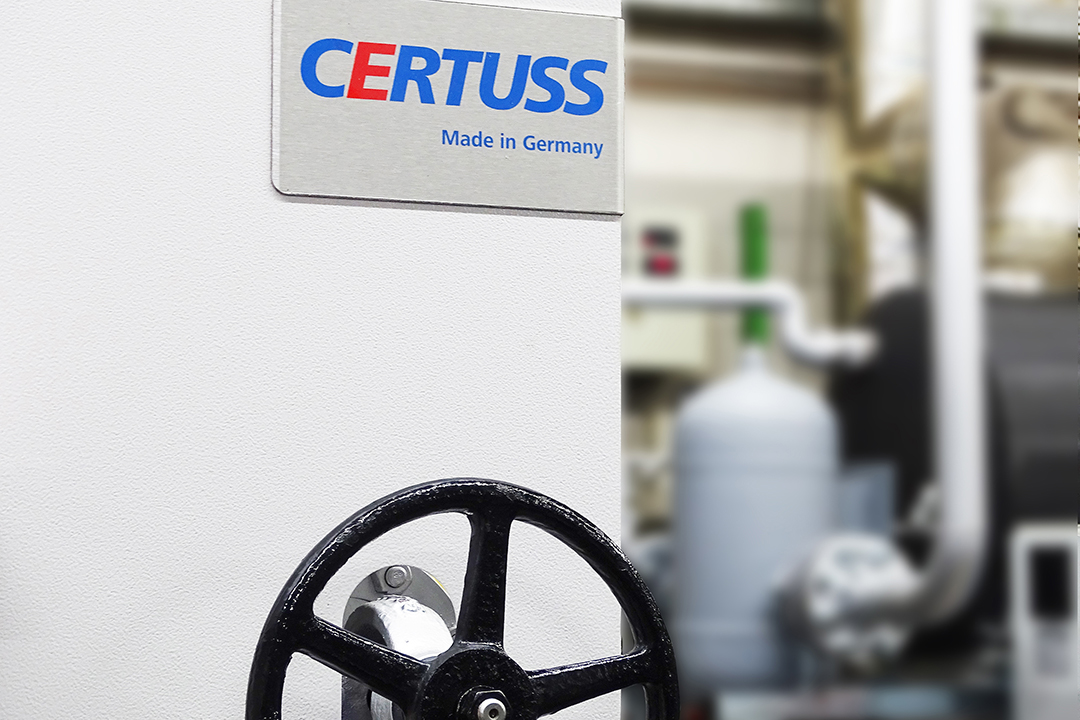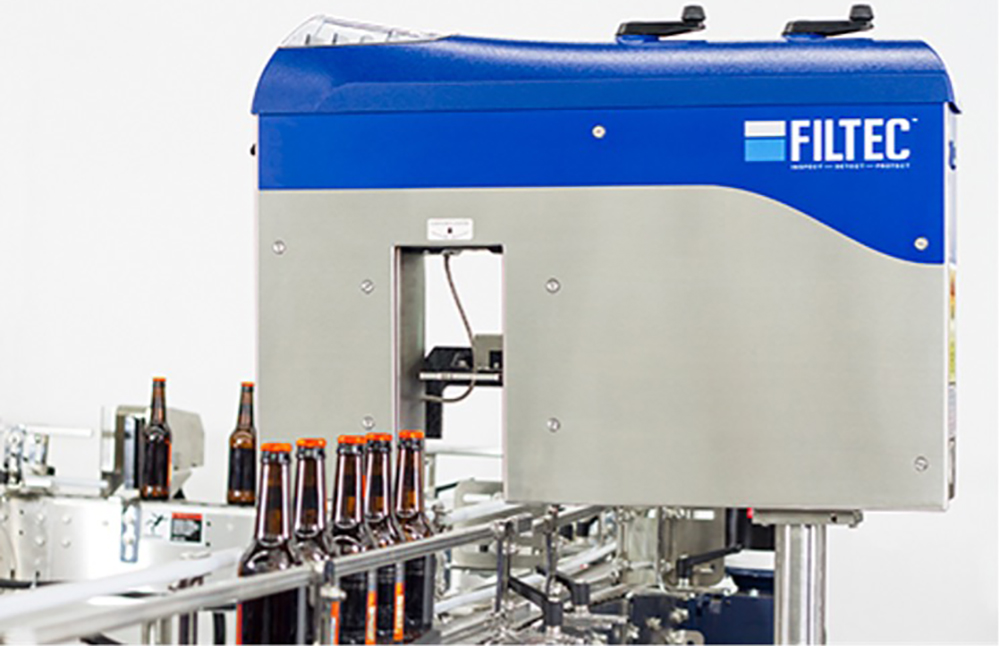
Every day, we strive to provide the “Best of the Brewer’s Art,” from the first glass to the last. When this is accomplished, the customer is treated to the freshest, most delicious, and most pleasurable tasting beer imaginable. That is why it is vital to have your draught system maintained and serviced on a regular basis. Even with the best-maintained systems, problems may develop. That is why understanding the fundamentals of common draught beer distribution difficulties and knowing how to solve them is vital.
Most draught dispensing problems are the result of one, or a combination of system issues. Improper temperature, incorrect system pressure and poor faucet operation, coupled with a lack of regularly scheduled system maintenance can adversely affect dispense.
Some common dilemmas include:
- Wild/foamy beer
- Flat or other off taste
- Beer with a cloudy/hazy appearance
- The foam head in the glass dissipates too quickly
Temperature
A frequently seen issue is attempting to dispense beer from a warmer keg than ideal, or temperature fluctuations from barrel to glass. Many ales and lagers are most desirable when served around 36-38° F. The temperature must be kept consistent throughout the entire system for optimal performance. With the beer’s carbonation, its CO2 (carbon dioxide) gas is quite sensitive to temperature changes causing it to foam.
- Even slightly warm beer will foam when poured into a glass. A recently delivered keg is a common cause of a temperature problem. It is important to allow the keg to rest in refrigeration for a full day before dispensing.
- Anywhere there is a warm temperature between the keg and faucet, carbonation will escape the beer forming foam in the lines. The air space inside a kegerator’s dispensing tower is notorious for this. Assure the system design does not allow the beer’s temperature to change anywhere at any time.
- Along with the issues noted earlier, continually dispensing foam decreases the beer’s carbonation and flat beer will be the result. Avoid the mistake of changing the prescribed pressure to compensate for foam issues. Patiently wait for the beer to arrive at the correct temperature or fix system temperature inconsistencies.
- If the beer is too cold, acquiring the foam head on the glass becomes challenging. This results in the product having a flat appearance. Beer that has been frozen then thawed takes on a hazy/cloudy appearance. Assure beer temperature is within the appropriate temperature range.
Pressure
Determine the pressure source for applying to the keg. CO2 is usual for the short kegerator type systems where a blend of CO2 and nitrogen allows for dispensing over longer distances. The correct amount of these pressure sources is required to prevent undesirable flavor changes and excess foaming.
- The CO2 pressure applied to the keg should be between 12-15 lbs. Typical Ales and Lagers served at 36-38° F are at their most stable at these pressures. Use less pressure for lower carbonated beers and closer to 15 lbs. for higher levels. Some highly carbonated products, such as refermenting beers may require even higher-pressure levels.
- If the system pressure is too low, the beer’s carbonation releases while pouring, causing foam.
- The beer’s top layer slowly absorbs the CO2 pressure source if it is too high. When this layer arrives at the bottom of the keg, foam (wild beer) appears. Often this condition is referred to as over-carbonation.
- For proper carbonation levels, contact the brewer. Determine the beer temperature and reference a carbonation chart. Dial in the correct CO2 pressure amount to solve these issues.
- For an Ale or Lager, the typical gas blend ratio should be 70% CO2/30% nitrogen and the pressure between 20-25 lbs. If it is too low, the beer eventually appears flat in the glass. Over-carbonation (wild beer) occurs if the pressure is too high. Adjust the pressure to stay within this range.
System Maintenance
Scheduled cleaning of beer dispensing system components such as the faucet, beer hose, and keg coupler is essential. “Brewery Clean” glassware is equally essential otherwise, cloudy beer, off-flavors, and wild/foamy conditions will occur.
- The faucet, beer line, and keg coupler should be cleaned with an appropriate chemical solution every two weeks and with every keg change if home dispensing. Seals and O-rings should be inspected and replaced if necessary. Additionally, mandatory processes for the removal of the biofilm plaque which accumulates inside system lines and hardware need to be employed. If these beer spoilers are allowed to accumulate due to a lack of cleaning, hazy beer and sour or fruity flavors will be the result. Eventually, foamy pours will appear.
- Reference the Brewers Association guidelines. A few minutes spent cleaning on a scheduled two-week basis will significantly add to your draught beer enjoyment.
- Improper glassware cleaning will cause off-taste complaints and an undesired appearance. The foam head will dissipate rapidly, leaving a flat beer perception, while bubbles will either adhere to the side walls of the filled glass or rise from the bottom. A soapy or chemical off-taste complaint is common.
- Utilize glassware cleaning products designed for beer glasses. Allow glassware to air dry before dispensing. At home, dishwashers are preferable to handwashing with dish soap.
Faucet Operation
- It is frustrating when a well-cleaned system is operating at the right temperature with ideal pressure and foam/wild beer occurs due to incorrectly opening the faucet. Most faucets have two positions, open or closed. When opened slowly or in a halfway position, foam occurs. Once clear beer is poured over that initial foam, more wild beer appears in the glass.
- Swiftly open the faucet while observing the beer flow. If foam appears, stop, and drain from the glass. Start over with clear beer acquiring an appealing foam head.
Other common issues include:
- Products with expired shelf life or stored at room temperature for an extended period
- Pinched or kinked tubing
After correcting one or more of these problems, a fresh clean beer can be dispensed into a glass and enjoyed.
For over 60 years, Micro Matic has been recognized as one of the world’s leading suppliers of draught beer equipment. Specializing in keg-to-glass technology, we offer a total solution for meeting your draught beer equipment needs. Our dedication to customer service is supported by four regional sales and distribution centers, the Micro Matic Dispense Institute for training and education, and a Certified Installer Network for draught beer installations. Want to speak with a “perfect pour” expert? Contact Micro Matic today.




Be the first to comment